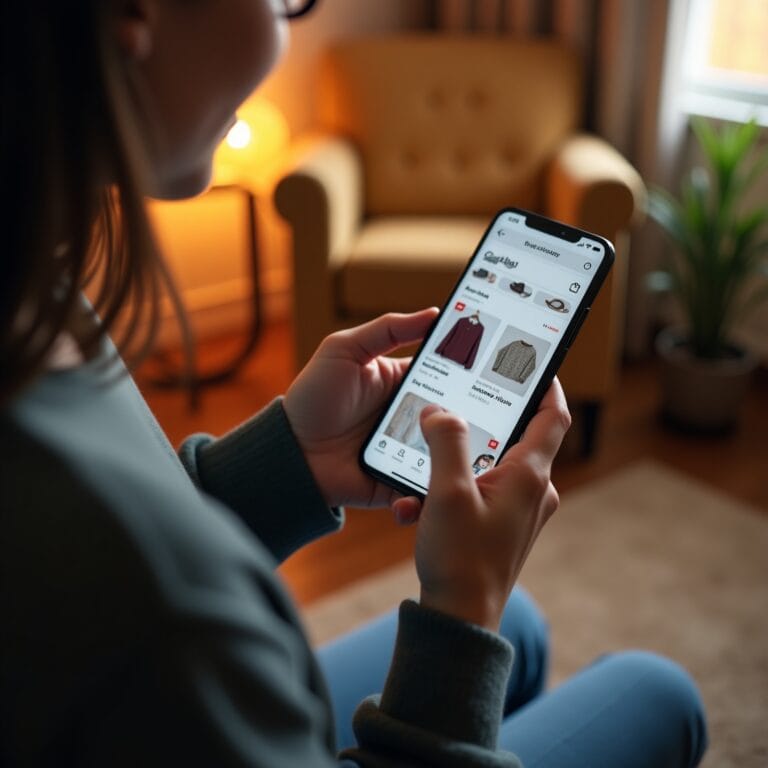Making Prices Work Magic
You’ve got everything in place. The product pages? They gleam. The checkout process? Smooth as butter. Yet those pesky conversions stay the same. What’s the missing piece of the puzzle? Likely, it’s your pricing game. Pricing isn’t just numbers in a spreadsheet. It’s a theatre of emotions. People don’t buy with calculators. They buy with feelings, instincts and quick judgments. If you're still swapping out hero images, maybe it’s time to take a long, hard look at your pricing strategy.
Let’s dive into some tricks of the trade — scientifically-backed ways to make your pricing as irresistible as a cup of tea when it’s pouring outside.
Why People Aren’t Making Logical Decisions
Ah, shoppers. Wonderful creatures, but not exactly mindful economists. They scan prices through a tangled web of biases, frames, and nudges. Your price tag isn't just a number — it's part of a bigger story, shaped by cues like what’s next to it, how it’s presented, and what it says about you.
Here’s why this is fantastic news. It means you’ve got the power to make your prices work harder for you. It’s all in how they're perceived:
- Anchoring: The initial number sticks like glue in a shopper's mind.
- Framing: "Bonus" hits differently than "discount."
- Contextual Contrast: Make your price look friendlier by placing it next to a pricier one.
- Time Pressure: Scarcity gets 'em moving faster than a kid on Christmas morning.
Knowing these tricks will let you make your products feel worth every penny and more — without touching a thing about the products themselves.
Anchor Your Prices
The first price a shopper sees becomes their anchor, their reference point for everything else. If the first item is £259, your £149 option seems like a no-brainer. Use this to your advantage:
- Show a pricier product nearby.
- Have clear packages: Basic, Standard, Premium.
- Toss in a premium decoy; think of it as a flashy escort guiding your customer’s eye.
Apple does this with finesse. They never showcase just one MacBook. Each is flanked by models setting the scene and guiding the decision. Textbook stuff.
The Allure of .99
The old .99 trick isn’t just retro, it’s gold. In our minds, £9.99 isn’t just a penny shy of £10. It actually feels more like £9.
Use it smartly:
- Stick with .99 for everyday buys like fashion or food.
- Save round numbers for luxe or high-end goods. Makes it seem more planned and posh.
Framing Your Prices
The way you present a deal can change everything. Compare:
- “Save £25 on orders over £100”
- “Get a £25 bonus when you spend £100”
Same difference, right? But one says “You’re lucky,” and the other whispers, “Don’t miss out.” What works best? It’s all about your brand and audience. So, experiment:
- Use “bonus” language for high-end brands.
- Pull out the “save” talk for time-limited offers.
Pricing is less about the maths and more about the story you’re telling.
Play the Decoy Card
People love a good contrast. The Economist once ran this gem:
- Web-only: $59
- Print-only: $125
- Print + Web: $125
The decoy makes the combo look irresistible. Here’s the key: include a deliberately unattractive choice. It’ll make the option you’re pushing seem all the more appealing.
Try it out:
- Introduce a pricier, feature-light version.
- Use design to spotlight the “best value” choice.
- Bundle at the ready.
Let shoppers naturally gravitate towards what you want them to choose.
Visual Tricks to Pump Up Discounts
Discounts aren’t all about slicing off numbers. It’s about creating the thrill of a win. A few visual cues can turn perceived savings up a notch:
- Strike through the old price next to the sale amount.
- Dip into bright colours like red for tags.
- Tell them, “You Save 30%” instead of “Save £6.” Percentages pack a punch.
In this game, perception beats precision. Spin those discounts into a mini celebration.
The Power of the Leftmost Number
That sneaky difference between £200 and £199? It’s just a quid in reality but emotionally, it feels like a mini-jackpot. This applies to tiered plans too:
- Starter: £49
- Plus: £79
- Pro: £119
These don’t just whisper the ascending value. They tap into that left-digit magic to feel evenly spaced, even if numbers disagree.
Guide them with the right digits first.
Stir up Some Scarcity and Urgency
When we think something's running out, we make decisions faster than you can say "sold out." Urgency nudges work swimmingly in ecommerce:
- “Only 2 left in stock.”
- Clock countdowns for flash sales.
- Early-bird prices for subscribers.
One rule here: keep it real. False scarcity burns trust quicker than a bad date.
Position Prices for Emotional Impact
Where your prices show up matters. Cognitive science tells us that if prices come before the emotional goodies (like a tempting picture or benefit), they feel like a burden. Let them appear after, and it’s all about value.
Best practice?
- Start with the enticing product imagery.
- Put prices next to the benefits or slightly below.
- Tell your story first, then let the numbers follow.
Smart pricing? It’s a tale well told.
Split It to Make It Smaller
Big prices can feel like a hefty suitcase. Why not break them down?
- £32 a month? Say, “Just £1.07 a day.”
- £14.99 for face cream now is “Only 50p per use.”
- Supplements? Try “£1 a dose.”
This works a treat for lifestyle or wellness products but don't overdo it. Honesty wins hearts.
Price as Proof
In some studies, identical drinks scored higher when priced up. Turns out, expensive can spell better. For ecommerce, it’s a fascinating twist:
- Roll this out for top-tier or exclusive spins.
- Hit the fans of gourmet or luxury markets.
- Offer a “Pro” alongside a standard model.
Sometimes, stepping up prices helps conversions, not just your margins.
Wrap-Up: It’s All About How It Feels
Here’s the kicker: Customers aren’t weighing up your prices logically. They’re feeling them. They sense fairness, quality, urgency, all in a heartbeat. Your role? To shape a perception they can trust and act on without a hitch.
Take the psychology of pricing. It gives you the nod to move past just economics — to start crafting experiences steeped in emotion and context.
Try a technique on your next product launch or price tier. Watch as engagement shifts. Not because your product evolved but because its value finally clicked.
In the ecommerce arena, pricing isn’t just numbers. It’s an artful design. Get designing with intent.





